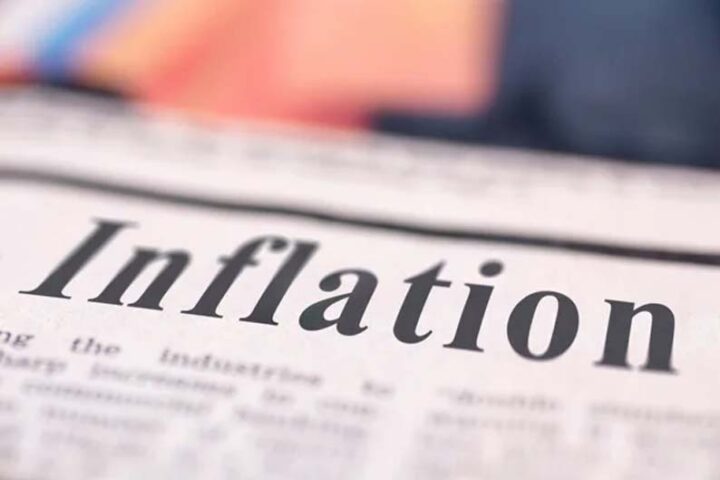Inflation is running higher for longer, and we must realise it affects various groups of people differently.
Inflation is calculated as the rate of increase of an index comprised of several hundred goods and services that the average household typically purchases.
So, inflation as measured does not reflect the increase in the cost of living for all the population but the average representative household.
Poorer households, typically spending a much higher proportion of their incomes on food and energy, effectively are experiencing much higher inflation for the basket of goods they purchase.
These households are hit much more than the rest of the population, and some can find it difficult to make ends meet.
Workers whose incomes will not adjust and savers lose from inflation.
Debtors benefit because the real value of their loan is eaten up until the interest rate adjusts upward.
The one unambiguous winner out of all this is the government, which is the largest issuer of unprotected debt, non-inflation adjusted.
Everywhere in the world, governments are the biggest issuers of assets of that type.
Governments also benefit in another way. Inflation increases both their indirect and their direct tax revenues.
The VAT, for instance, is a proportional tax; hence as market prices rise, the tax in the price also rises.
As nominal incomes rise with inflation on average, taxpayers are pushed into higher income tax brackets, which means more tax revenues.
The government, therefore, should give back some of these gains to achieve social and economic objectives.
Primarily to contain inflation pressures with policy measures and to reduce the burden of high inflation on households and, to some extent, on those businesses that are highly energy intensive.
What measures can there be?
There is no shortage of ideas, and we don’t intend to be exhaustive here.
There are horizontal measures such as steep reductions in energy taxes, including the VAT, and reductions in EAC tariffs for longer periods.
There are more direct measures such as direct payments of an amount per household to be made to particularly affected groups with low incomes and pensions.
Also, make contributions to energy-intensive companies.
A more permanent energy subsidy structure can be linked to an income threshold that will be paid automatically in relation to spikes in market prices.
Grants could be issued to the agricultural sector to alleviate the agriculture cost crisis and maybe also increase domestic production.
This is also an opportunity to accelerate programmes to increase energy efficiency, such as replacing boiler systems with heat pumps and raising energy-saving standards for new buildings.
Shielding consumers and the economy from the rise in energy prices in a targeted fashion is necessary.
But, to a large extent, this is already paid for by windfall tax gains.
By Ioannis Tirkides, Chief Economist, Bank of Cyprus










